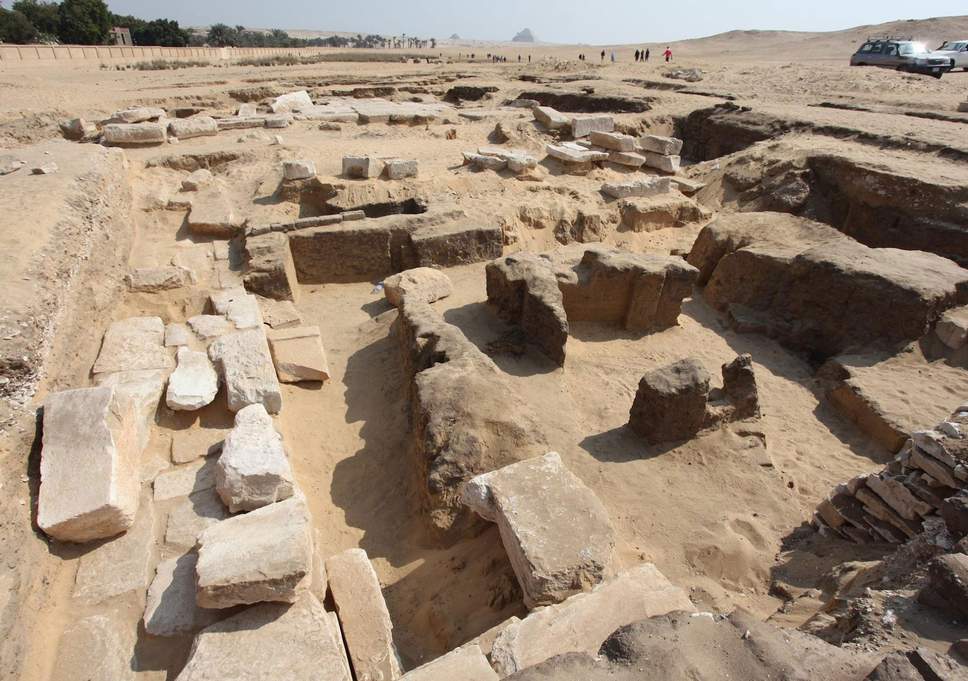When news is announced on the discovery of an archaeological find, we often hear about how the age of the sample was determined using radiocarbon dating, otherwise simply known as carbon dating.
Deemed the gold standard of archaeology, the method was developed in the late 1940s and is based on the idea that radiocarbon (carbon 14) is being constantly created in the atmosphere by cosmic rays which then combine with atmospheric oxygen to form CO2, which is then incorporated into plants during photosynthesis.
When the plant or animal that consumed the foliage dies, it stops exchanging carbon with the environment and from there on in it is simply a case of measuring how much carbon 14 has been emitted, giving its age.
But new research conducted by Cornell University could be about to throw the field of archaeology on its head with the claim that there could be a number of inaccuracies in commonly accepted carbon dating standards.
If this is true, then many of our established historical timelines are thrown into question, potentially needing a re-write of the history books.
In a paper published to the Proceedings of the National Academy of Sciences, the team led by archaeologist Stuart Manning identified variations in the carbon 14 cycle at certain periods of time throwing off timelines by as much as 20 years.
The possible reason for this, the team believes, could be due to climatic conditions in our distant past.
Standards too simplified
This is because pre-modern carbon 14 chronologies rely on standardised northern and southern hemisphere calibration curves to determine specific dates and are based on the assumption that carbon 14 levels are similar and stable across both hemispheres.
However, atmospheric measurements from the last 50 years show varying carbon 14 levels throughout. Additionally, we know that plants typically grow at different times in different parts of the northern hemisphere.
To test this oversight, the researchers measured a series of carbon 14 ages in southern Jordan tree rings calculated as being from between 1610 and 1940.
Sure enough, it showed that plant material in the southern Levant showed an average carbon offset of about 19 years compared with the current northern hemisphere standard calibration curve.
"There has been much debate for several decades among scholars arguing for different chronologies sometimes only decades to a century apart, each with major historical implications. And yet these studies may all be inaccurate since they are using the wrong radiocarbon information," Manning said.
"Our work should prompt a round of revisions and rethinking for the timeline of the archaeology and early history of the southern Levant through the early Biblical period."

Though one of the most essential tools for determining an ancient object’s age, carbon dating might not be as accurate as we once thought.




